Art World
Who Are the Most Influential Artists of the Last Century? 26 Industry Leaders Weigh In
Which artist defined the last 100 years—and continues to reverberate in the work of artists today?
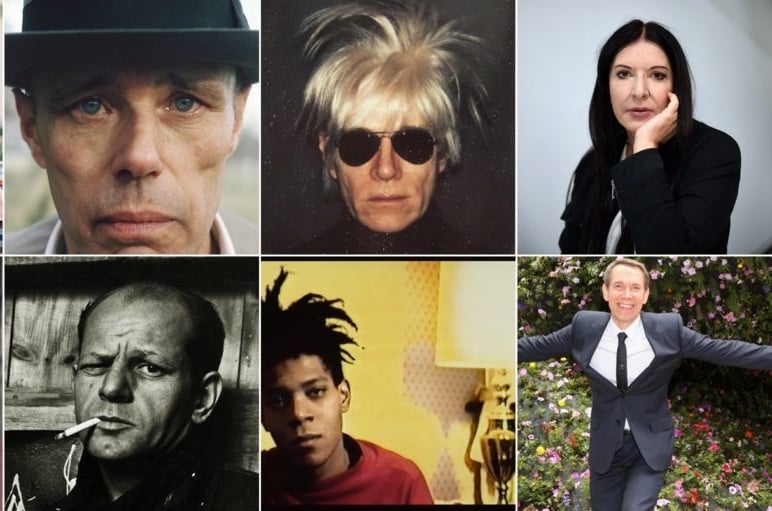
Which artist defined the last 100 years—and continues to reverberate in the work of artists today?

Artnet News

In 2017, a century since Marcel Duchamp turned a readymade urinal into an artwork, we’ve wondered how to characterize the past 100 years in art, posing challenging questions to some of the industry’s brightest figures: What are this century’s most iconic works of art? Who were last century’s most trailblazing curators? Today, we finish our three-part series with perhaps the most daunting question: Who was the most influential artist in the last 100 years?
It’s not an easy question, and there is no perfect answer. But a group of leading curators, artists, critics, and dealers were equal to the challenge, weighing in with their choices for artists whose legacies have defined the last 100 years and continue to reverberate in the work of artists today. The resulting list (below) is nothing short of a survey of modern art history, ranging from conceptual art forefather Duchamp to the video pioneer Nam June Paik to modern masters of abstraction like Jackson Pollock and Agnes Martin—and, of course, Jeff Koons.

Nam June Paik’s Li Tai Po (1987). Courtesy of the Asia Society. Photography © 2007 John Bigelow Taylor.
Nam June Paik. I commissioned his show “Becoming Robot” when I was at the Asia Society, and I think he is one of the most under-recognized artists, particularly for his early experimentation with technology. His ongoing influence on new media artists working today is profound.

From Left: Kerry James Marshall, Maria Magdalena Campos Pons, and Hung Liu.
Kerry James Marshall, Maria Magdalena Campos Pons, and Hung Liu for their commitment to complicating the dominant narratives of history and making absence visible through work that is both searing and transcendent.

Hassan Sharif, Still from Cotton (2013). Courtesy Estate of Hassan Sharif and Gallery Isabelle van den Eynde, Dubai.
I would have to say Hassan Sharif, who is a conceptual artist from the UAE and is known as the godfather of contemporary art here. Hassan sadly passed away last year. I very much look forward to his landmark retrospective at the Sharjah Art Foundation opening this November, which will showcase his body of work from the early 1970s to 2016.
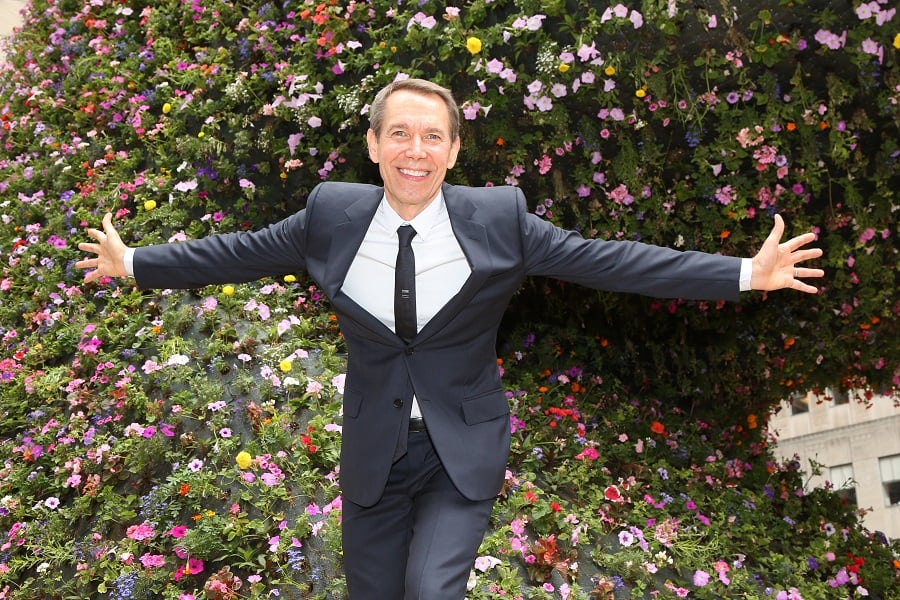
Jeff Koons. Photo: Courtesy Patrick McMullan.
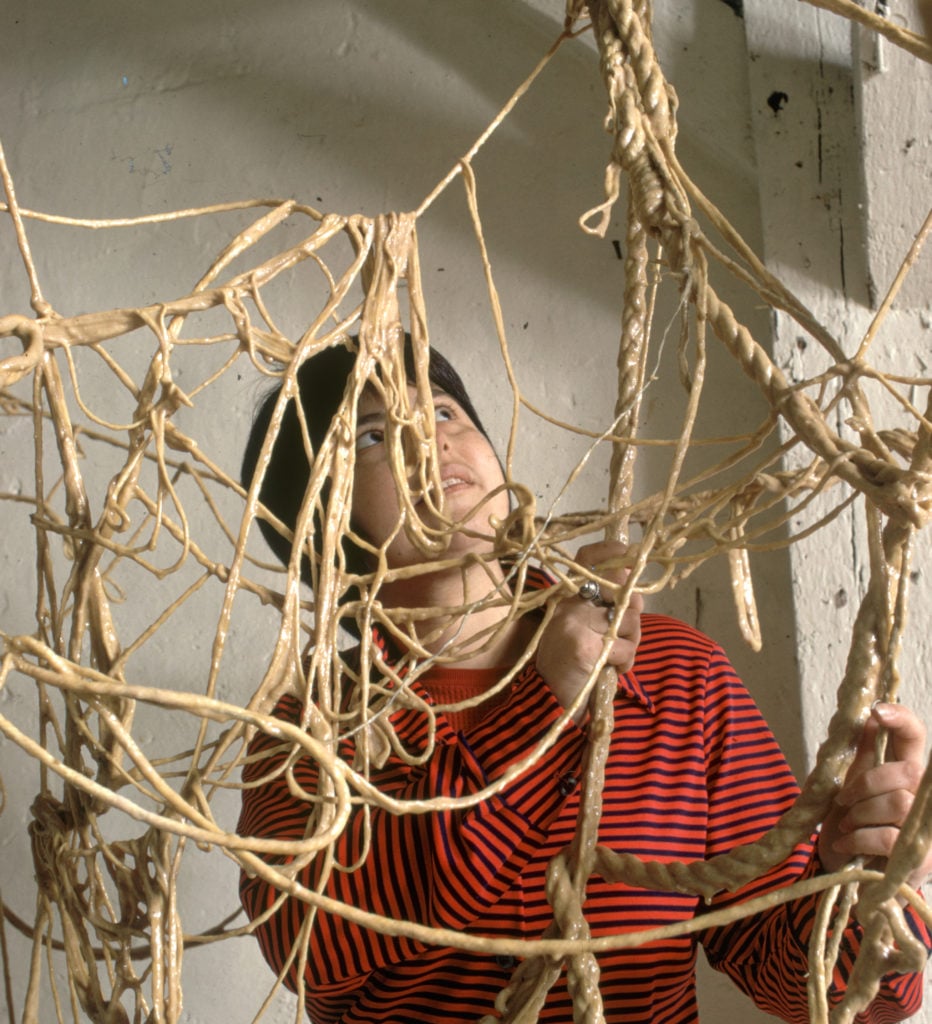
The artist Eva Hesse working on a sculpture in New York in 1969. Photo by Henry Groskinsky/Time & Life Pictures/Getty Images.

Left: Richard Hamilton, Marcel Duchamp (1967). © The estate of Richard Hamilton. Image courtesy of Tate. Right: Duchamp’s Fountain (1917). Courtesy Wikimedia.
Where would we be without the freedom Marcel Duchamp brought to the making of and thinking about art?

Felix Gonzalez-Torres’s Untitled (1991). Courtesy of the estate of Felix Gonzales-Torres and MoMA.
Piet Mondrian, Henri Matisse, Marcel Duchamp, Felix Gonzalez-Torres.
Among the most important are Marcel Duchamp, Pablo Picasso, Andy Warhol, Eva Hesse, Lygia Clark, and Felix Gonzalez-Torres.
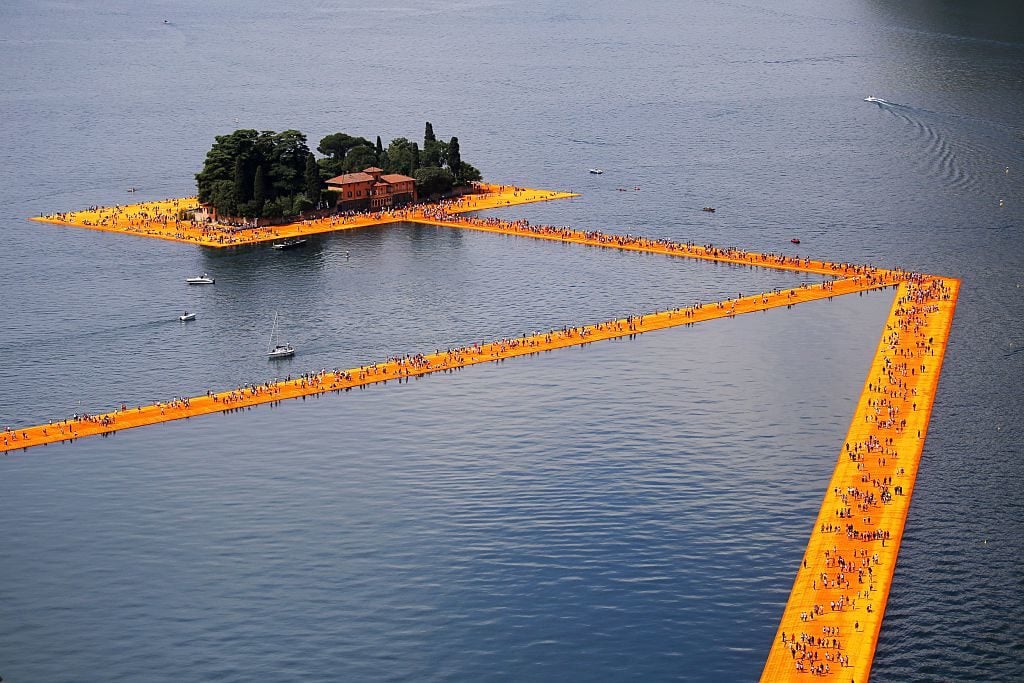
“The Floating Piers” created by artist Christo Vladimirov Javacheff on Iseo Lake.
Courtesy of Marco Bertorello/AFP/Getty Images.
Christo‘s immersive artworks have captivated us for the past 50 years. Along with his late wife Jeanne-Claude, the duo created monumentally scaled sculptures and installations, which challenged and changed the way we experience art. Never afraid of controversy, his work explores politics, bureaucracy, capitalism, and industrialism. Christo’s influence is evident as more site-specific and immersive artworks arrive.
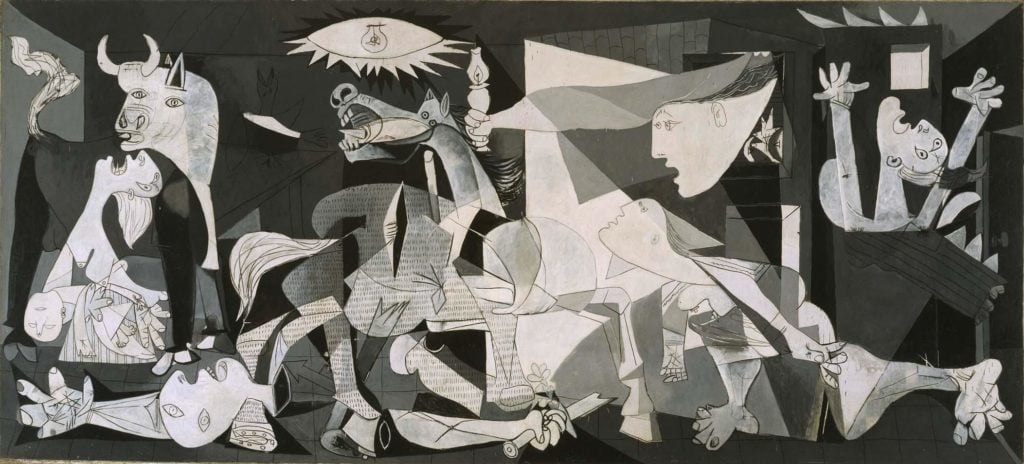
Pablo Picasso’s Guernica (1937). Courtesy Museo Nacional Centro de Arte Reina Sofía.
It has to be Picasso. His oeuvre has become all things to all men. He innovated art over and over again. He knew how to communicate feeling (I’m thinking about his blue paintings) and tragedy (you need only think of Guernica, which must be one of the best paintings of the 20th century). He was of his time—reflecting on the society of his day—and so outside of his time. His work was the product of a unique vision crafted by such a creative and influential person.
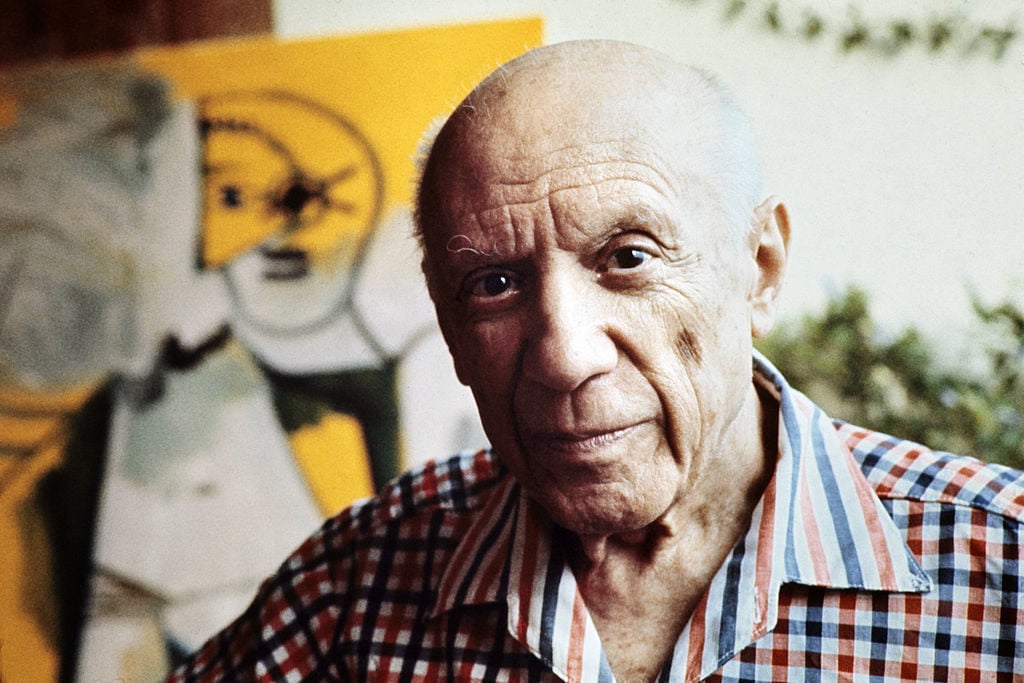
Pablo Picasso. Courtesy of Ralph Gatti/AFP/Getty Images.
Pablo Picasso, Marcel Duchamp, and Andy Warhol.
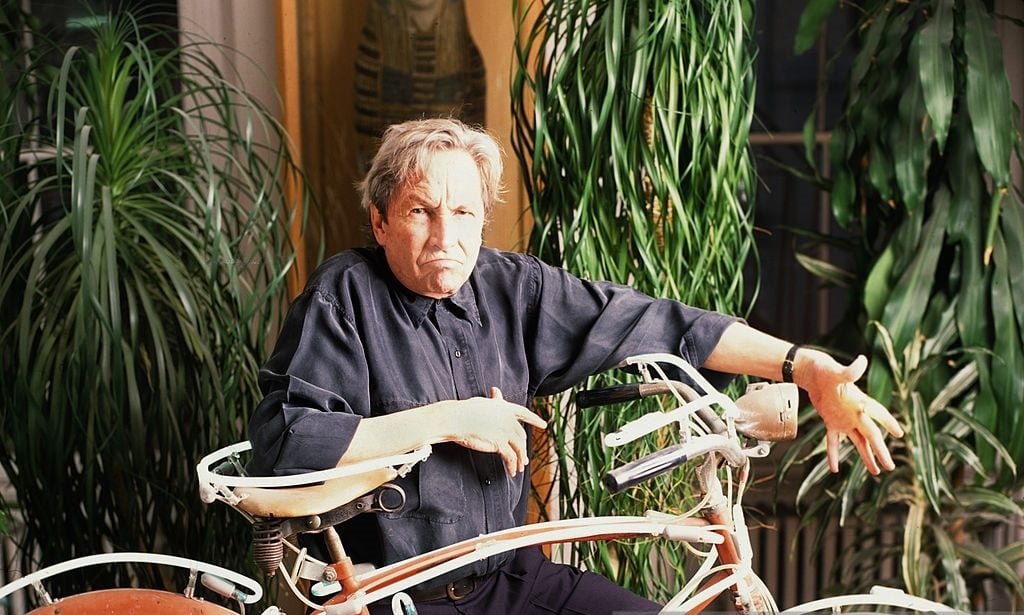
Robert Rauschenberg, photo by Bob Berg/Getty Images.
Marcel Duchamp changed the definition of art, opening wide the doors of creation. It’s hard to think of anyone whose influence on art and artists was greater. Andy Warhol influenced not only artists but Western culture at large. He showed us who we were and helped to make us who we would become. Robert Rauschenberg combined Duchamp’s open definition of art and Warhol’s use of readymade imagery (as well as gestural painting, newspaper imagery, and seemingly everything else) to create works of great beauty and energy.

Elaine Sturtevant, Warhol Licorice Marilyn (2004). Photo by Charles Dupret. Image: Courtesy Thaddaeus Ropac, Paris and Salzburg.
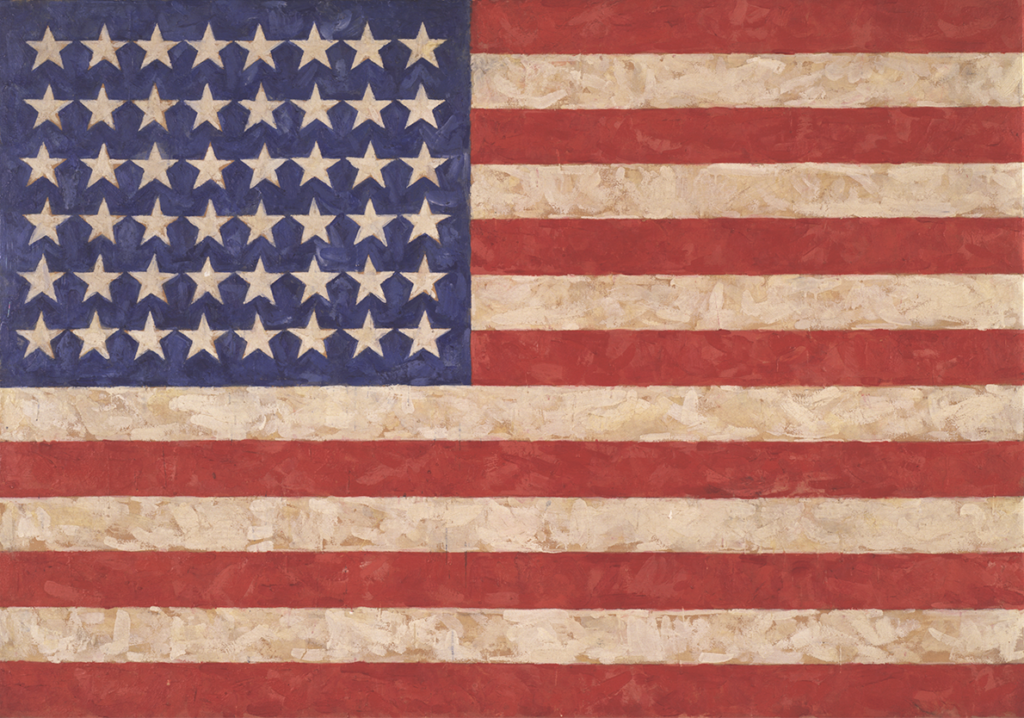
Jasper Johns, Flag (1958). © Jasper Johns/VAGA New York/DACS, London 2017. Photo: Jamie Stukenberg © The Wildenstein Plattner Institute, 2017.
There are many incredible artists who have shaped the way we understand our times, including Cindy Sherman, Jeff Koons, Jean-Michel Basquiat, and others. If I had to name a single artist as the most influential, I would choose Jasper Johns. He changed the course of art in the postwar era and influenced contemporaries like Robert Rauschenberg, Andy Warhol, Ed Ruscha, and John Baldessari, as well as so many younger artists.
Edye and I are grateful that we have had the opportunity to collect his work, and we are delighted that “Jasper Johns: Something Resembling Truth,” a collaboration with the Royal Academy in London, will be on view at The Broad from February 10, 2018, through May 13, 2018. There will be pieces from our collection, such as Untitled (1975), which was one of our first serious contemporary art acquisitions, and Flag (1967), which is one of the great works in The Broad.
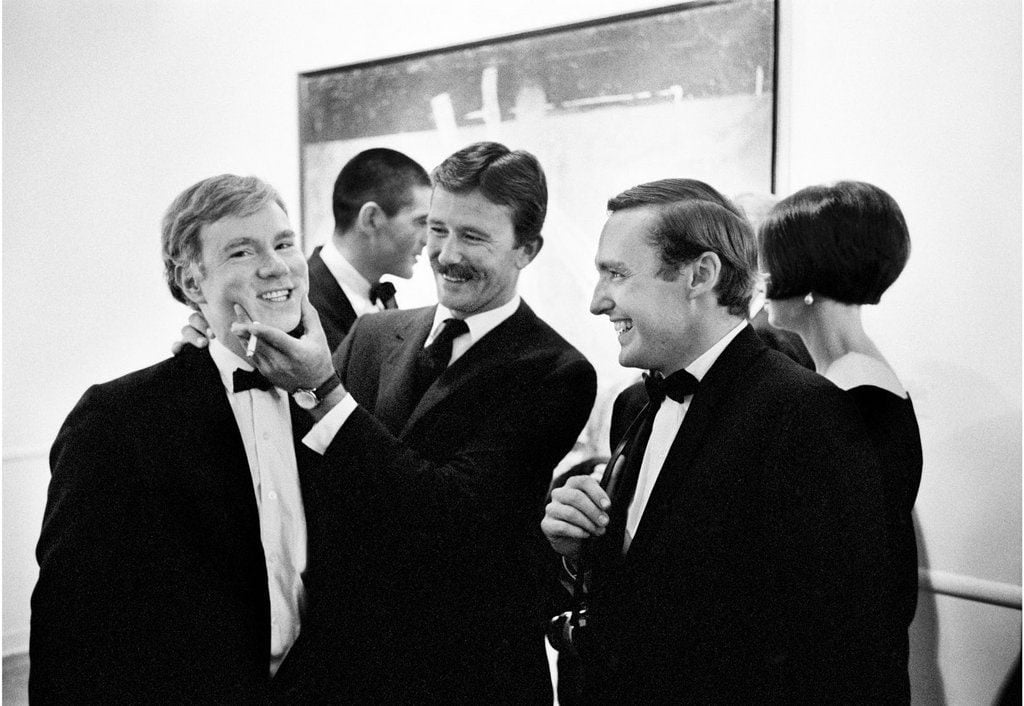
Julian Wasser’s photograph of (from left) Andy Warhol, Billy Al Bengston, and Dennis Hopper. Image courtesy of Hunter Drohojowska-Philp’s Rebels in Paradise: The Los Angeles Art Scene and the 1960s (Henry Holt and Co.).
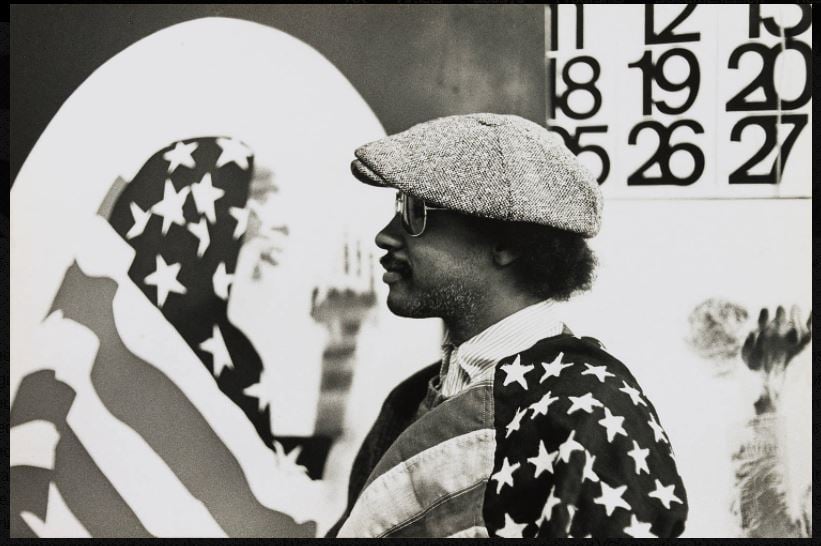
David Hammons in his studio (1970), with Pray for America (1969) shown at left and a portion of Wine Leading the Wine (c. 1969). Photo: Robert A. Nakamura, courtesy of the Hammer Museum.
This is extremely difficult to narrow down, but strictly speaking to their influence: Marcel Duchamp, David Hammons, Yves Klein, Mark Rothko, Andy Warhol, Jean-Michel Basquiat, Louise Bourgeois, Cindy Sherman, Damien Hirst, Jackson Pollock, Chris Burden, Robert Mapplethorpe, James Turrell, Gerhard Richter, Banksy, and Marina Abramović.
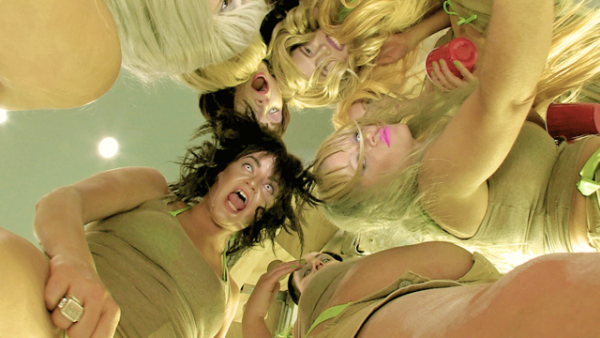
Ryan Trecartin, still from Center Jenny (2013), courtesy of the artist.
So, I don’t think of myself as an art person or an expert by any means, but I think that most of the art I see in New York now looks to be heavily influenced by Ryan Trecartin, who is, in my ignorant opinion, a visionary. I hope that his and Lizzie Fitch’s collaborations will continue to be recognized as historically important years from now, since it seems so clear that what they have done with their videos changed the art-world landscape, in a similar way to what the Andy Warhol scene did. Those first videos became a platform for so many other young artists who went on to do interesting work, while the later videos featured actors who wanted to cross over into the art world and discuss their celebrity status as a medium, which is a pretty big part of art in the 21st century, I think.

Frank Lloyd Wright’s Fallingwater, Kaufmann Residence in Pennsylvania. Courtesy of Wikimedia Commons.
Frank Lloyd Wright, who identified form and space as cultural values.

Joseph Beuys, I Like America and America Likes Me (1974). Image courtesy of wikiart.
Joseph Beuys, as he believed that everyone can create art, as expressed in the statement “every human being is an artist,” and his ground-breaking and unique performances, along with social activism, broadened the scope of art as we know it today.
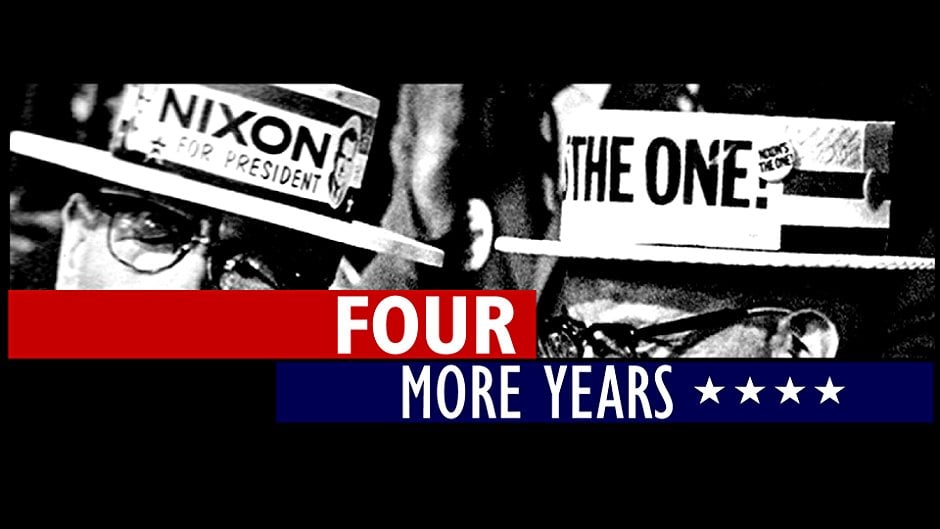
TVTV’s Four More Years (1972). Courtesy of Media Burn.
The artist critical media group Top Value Television (TVTV), whose independent television documentary Four More Years was filmed on Portapaks at the 1972 Republican Convention in Florida, and broadcast later that year across several networks in the US. At a time when Trump rides the waves of the web 2.0 attention economy at full maturation, it’s a compelling example of artists working in a contemporary media (television) with new technology (the small and inconspicuous Portapak) doing politically prescient work which was both entertaining and critical.
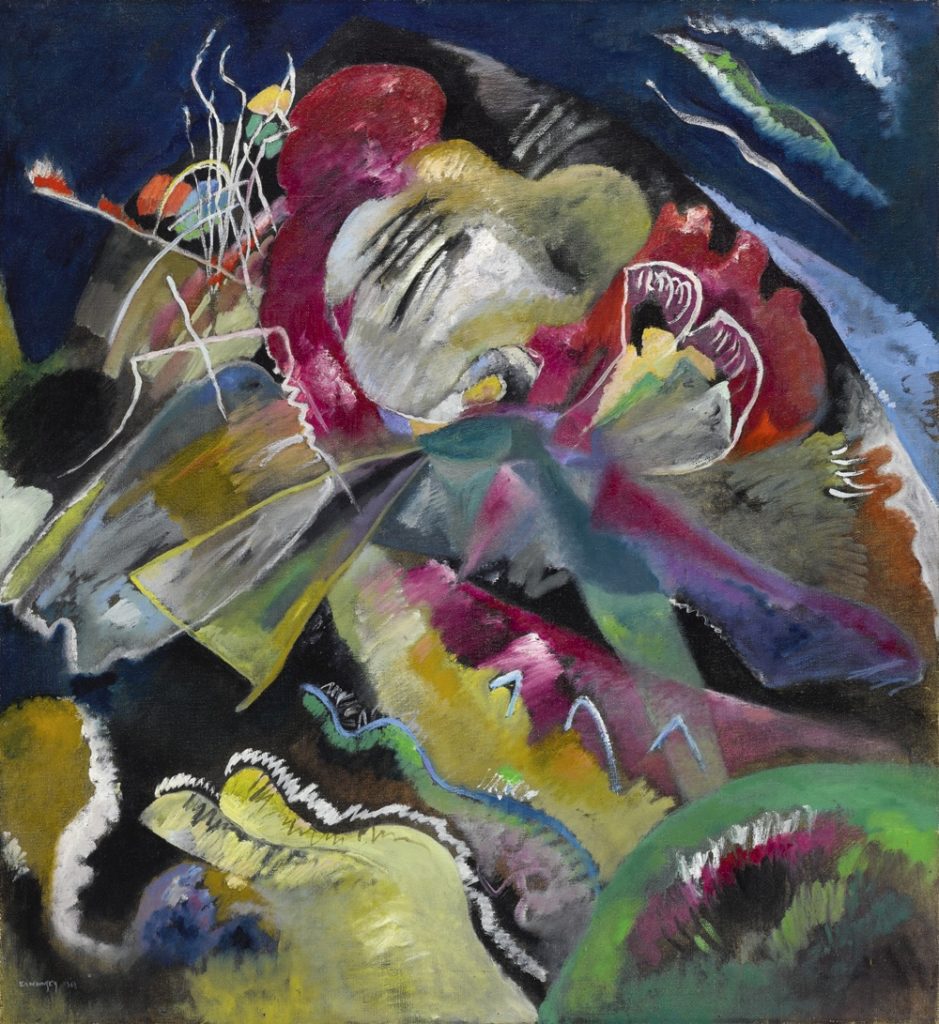
Wassily Kandinsky, Bild mit Weissen Linien (1913). Courtesy Sotheby’s.
Wassily Kandinsky. Imagine a world where we still only made representational art, and where we identified artists solely within the confines of their visual style and subject matter. Kandinsky wasn’t the first abstract artist; that title belongs to Hilma af Klint. He didn’t genre-bust like his other Bauhaus colleagues, and he lacked a certain political edge that really gave abstraction its teeth. But Kandinsky’s paintings and writings gave us a language to start with, to talk about pure form, interdisciplinary thinking, and the idea of the artist as engaged in a form of progressive research.

Alberto Giacometti at the 1962 Venice Biennale. Photo from Fondo Paolo Monti via Wikimedia Commons.
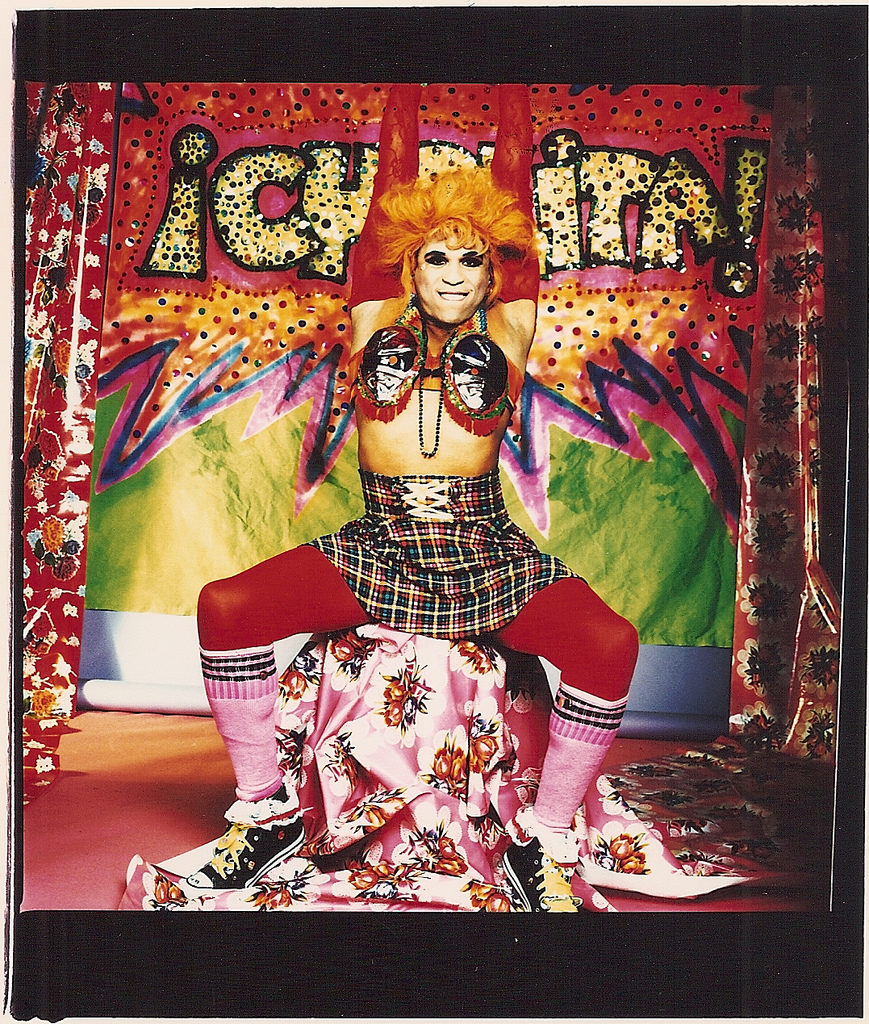
Vaginal Davis during a performance (2014). Courtesy of Alice Bag and Flickr.
Vaginal Davis. Self-identified as an American, intersex, gender-queer artist, Davis is a multidisciplinary media maker who originated movements such as Queercore Zine and queer punk music. Lauded by scholars as “Terrorist Drag,” Davis used their work to critique the co-opting of African, Hispanic, and LGBT culture by the mainstream.
Jack Smith. Often recognized as the father of American performance art, Smith was the first proponent of camp aesthetics influenced by Hollywood kitsch. His work largely influenced drag culture as we know it, experimental theater, film, and performance. His aesthetics can be traced in the work of Warhol, John Waters, and Cindy Sherman.
Claude Cahun. One of the earliest examples of 20th-century artists undermining traditional gender roles through their work. Her work became recognized decades after her death. Her life itself became a performance of sorts, a commentary on existing notions of sexuality, gender, and beauty. As a photographer and a poet, her presence in the Parisian Surrealist movement expanded the group’s aesthetics and representation. Nan Goldin and Cindy Sherman are just a few of the artists who recognize Cahun as one of their influences.
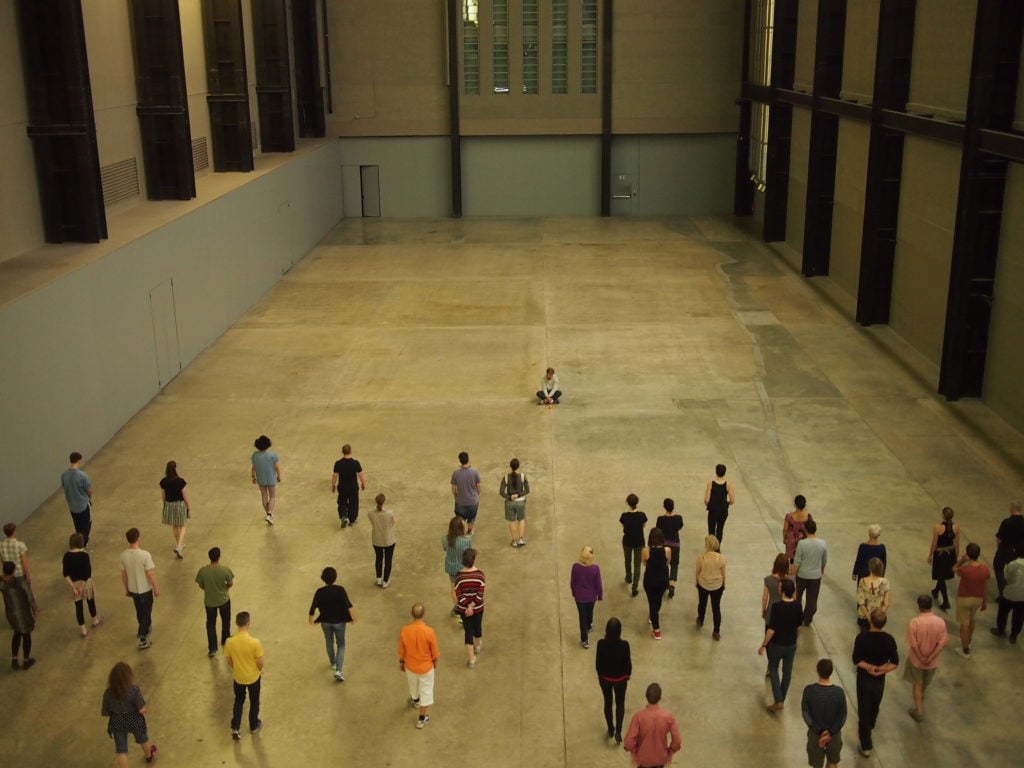
Tino Sehgal’s These Associations at Tate’s Turbine Hall. Image courtesy of the artist and Flickr.
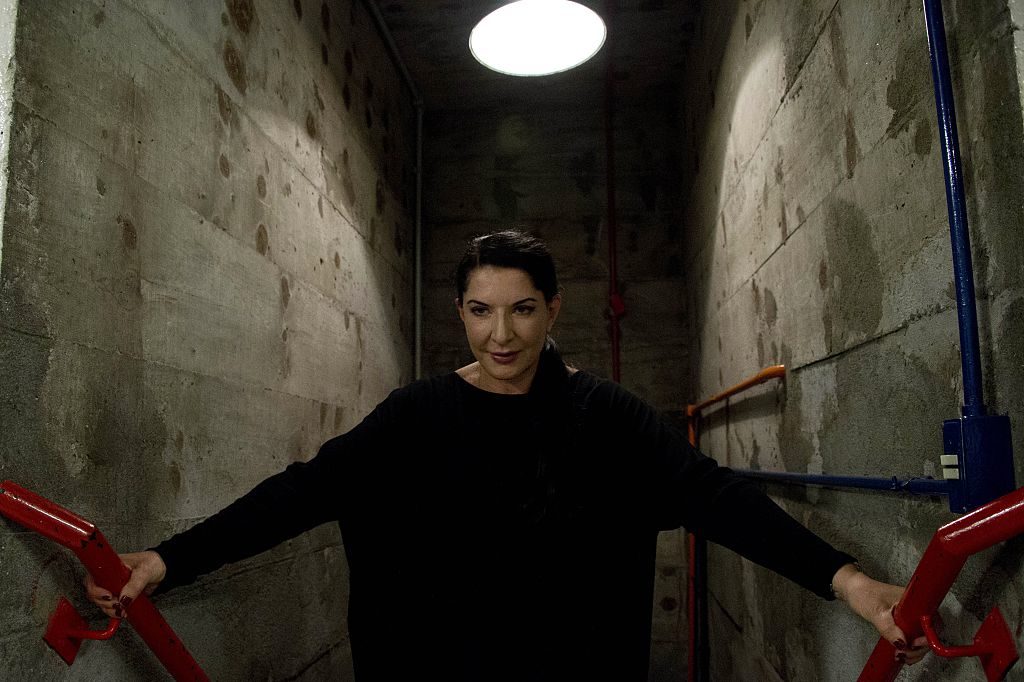
Marina Abramović in Sao Paulo, Brazil. Photo: Nelson Almeida/AFP/Getty Images.
You could fill galleries with books, catalogues, and articles on these artists, each of whom has influenced and shaped the history of art by adopting a different lens from anyone else, by expressing new ideas and pushing ideological, visual, and material boundaries. That said, my list would be: Pablo Picasso, Jean-Michel Basquiat, Andy Warhol, Jackson Pollock, Tony Smith, Louise Bourgeois, Marina Abramović, Marcel Duchamp, Felix Gonzalez-Torres, and Damien Hirst.